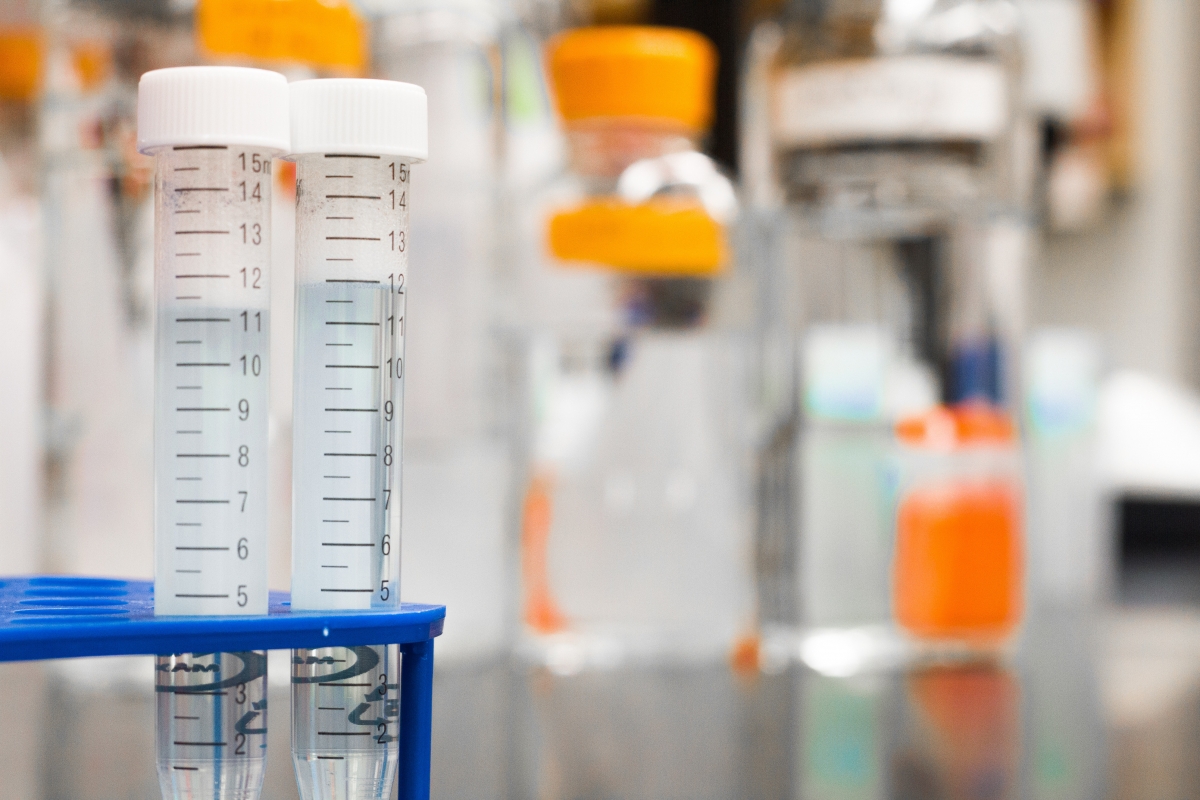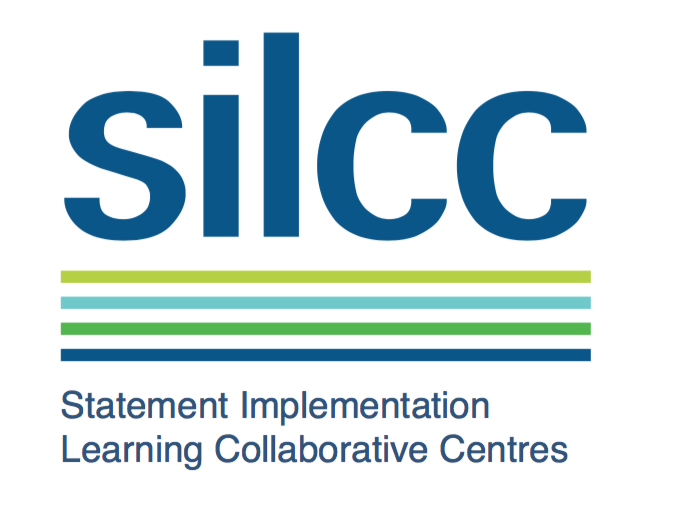The EAHP EU Monitor is a regular round up of news relevant to hospital pharmacy in Europe.
You can subscribe to receive the EAHP EU Monitor by email HERE.
EAHP’s SAT now available in 12 different language versions

The European Association of Hospital Pharmacists (EAHP) is working to bring about the full achievement of the European Statements of Hospital Pharmacy within its member countries. As part of the Statement implementation project, EAHP launched an online self-assessment tool (SAT) for hospital pharmacists in 2018.
The SAT allows hospital pharmacists to assess the level of implementation of the Statements within their hospitals. It also provides the means for hospital pharmacists and other healthcare professionals to address areas needing improvement with the help of a tailor-made action plan and a broad range of evidence-based resources. Progress can be tracked by individual hospital pharmacies as the assessment can be updated at any time.
Since EAHP is representing more than 23,300 hospital pharmacists practicing all across Europe, the SAT has been made available in 12 European languages, namely Czech, English, French, German, Greek, Hungarian, Italian, Polish, Romanian, Serbo-Croatian, Spanish and Turkish. The 13th language, Portuguese, will follow this summer.
EAHP encourages all hospital pharmacists to assess their hospital pharmacies with the help of the SAT. A video tutorial has been made available to provide guidance.
Access the SAT HERE
Watch the tutorial video HERE
HMA/EMA medicines shortages guidance released

Earlier this month, the Heads of Medicines Agencies (HMA)/European Medicines Agency (EMA) task force on the availability of medicines for human and veterinary use released two guidance documents that seek to improve reporting and communication around medicines shortages. Both the ‘Guidance on detection and notification of shortages of medicinal products for Marketing Authorisation Holders
in the Union’ and the ‘Good practice guidance for communication to the public on medicines’ availability issues’ lay the foundations for an improved and harmonised EU approach in reporting of and communication on medicines’ shortages and availability issues, a key public health priority for the EU network.
The ‘Guidance on detection and notification of shortages of medicinal products for Marketing Authorisation Holders in the Union’ seeks to facilitate the detection and early notification of medicines shortages. The document contains a template for shortage notification which should be used by companies when communicating to national competent authorities. Both the guidance and the template will be tested during a pilot phase starting at the end of 2019.
The ‘Good practice guidance for communication to the public on medicines’ availability issues’ has been issued for the use by EU national competent authorities and EMA. It contains principles and examples of good practices for communication that should be adhered to when sharing information about medicines shortages with the public, patients and healthcare professionals. The guideline highlights the need for timely, accurate and up-to-date information on availability issues to ensure continuity of care.
The HMA/EMA task force was set up in 2016 to look at availability issues, including medicines that are authorised but not marketed, as well as at supply chain disruptions, in order to improve continuity of supply of human and veterinary medicines across Europe.
Access the ‘Guidance on detection and notification of shortages of medicinal products for Marketing Authorisation Holders in the Union’ HERE
Access the ‘Good practice guidance for communication to the public on medicines’ availability issues’ HERE
More information about the HMA/EMA task force HERE
Clinical trials – Commission, EMA and HMA call on sponsors to publish results in EU database

The European Commission, the European Medicines Agency (EMA) and the Heads of Medicines Agencies (HMA) issued a joint letter addressed to all sponsors of clinical trials conducted in the European Union. With this letter the three institutions are reminding sponsors of their obligation to make summaries of results of concluded trials publicly available in the EU Clinical Trials Database. In particular the need for transparency and public access to clinical trial results are highlighted.
Transparency is an important element since it enhances scientific knowledge, and helps to advance clinical research and support more efficient medicine development programmes. To further increase the information contained in the EU Clinical Trials Database, EMA started in 2018 to identify trials with missing results. On a monthly basis the agency is reaching out to the sponsors of those trials in order to ensure compliance with the transparency rules.
Read the letter HERE
WHO launches ‘AWaRe campaign’

The World Health Organisation (WHO) has launched its ‘AWaRe’ campaign which promotes the use of a tool to help governments contain rising resistance and make antibiotic use safer and more effective. The acronym of the tool – ‘AWaRe’ – stands for access, watch and reserve. It classifies antibiotics into three groups and was developed by the WHO Essential Medicines List.
On the one hand, ‘AWaRe’ seeks to limit the use of drugs associated with the highest risk of resistance, while at the other hand it tries to increase the use of antibiotics in countries where supply and availability is low. Antibiotics included in the ‘access’ category should be used for the most common and serious infections. They should be made available at all times in an affordable and quality-assured manner. The ones in the ‘watch’ category should be used sparingly for specific and limited indications. The use of the last category – ‘reserve’ – is restricted. Antibiotics included therein are a last resort and should only be given when all other antibiotics have failed.
By grouping antibiotics into these three categories, the campaign aims to increase the proportion of global consumption of antibiotics in the ‘access’ group to at least 60%, and to reduce use of the antibiotics most at risk of resistance from the ‘watch’ and ‘reserve’ groups. Focusing on using antibiotics included in the first category lowers the risk of resistance because they are ‘narrow-spectrum’ antibiotics.
Learn more about ‘AWaRe’ HERE
Update from the EMA – Bacterial lysate medicines for respiratory conditions to be used only for prevention of recurrent infections
 EMA is recommending that bacterial lysate medicines authorised for respiratory conditions should only be used for the prevention of recurrent respiratory infections, with the exception of pneumonia. This follows a review that concluded that there are no robust data showing that these medicines are effective at treating existing respiratory infections, or for the prevention of pneumonia, therefore they should not be used for these purposes.
EMA is recommending that bacterial lysate medicines authorised for respiratory conditions should only be used for the prevention of recurrent respiratory infections, with the exception of pneumonia. This follows a review that concluded that there are no robust data showing that these medicines are effective at treating existing respiratory infections, or for the prevention of pneumonia, therefore they should not be used for these purposes.
In the review, EMA’s human medicines committee (CHMP) considered the results of clinical studies, data on side effects reported with these medicines, and advice from an expert group on infectious diseases. Although data are limited, the review found some evidence of effectiveness of these medicines in the prevention of recurrent respiratory tract infections and the safety profile is in line with what is expected for this type of product. The CHMP therefore recommended that use of the medicines for prevention can continue, but the companies must provide further data on safety and effectiveness from new clinical studies by 2026.
Further information is available HERE
EJHP: July issue is available!

The July issue of the European Journal of Hospital Pharmacy (EJHP) contains original articles, short reports and case reports on areas of interest to the profession, such as for instance the impact of drugs on hypoglycaemia in hospitalised patients, the prescription of dronedarone for paroxysmal atrial fibrillation in the UK and the design of a relative value unit-based tool for the measurement and reimbursement of pharmacy services for clinical trials. The editorial encourages hospital pharmacists to further discuss about their competencies, in particular those that have a strong patient focus.
Read the July issue HERE
EAHP welcomes new Hungarian SILCC host

EAHP is proud to announce that BAZ Central County Central Hospital and University Teaching Hospital – a public-funded teaching hospital located in Miscolk, Hungary – has joined the SILCC programme as a new hosting institution. BAZ Central County Central Hospital and University Teaching Hospital is looking forward to welcoming SILCC fellows in order to provide training on Statements 1.1, 1.5. 4.1, 5.1 and 6.3. Check out the Statement website to learn more about EAHP’s newest SILCC host.
————————————————————————————————

Consultations
EMA – Guideline on the evaluation of medicinal products indicated for treatment of bacterial infections
The EMA has launched a consultation on the revision of its guideline on the evaluation of human medicines indicated for the treatment of bacterial infections. Antimicrobial resistance is a global public health problem. Regulators in the European Union, the United States and Japan have had extensive discussions over the last few years to explore and agree how to align as much as possible their respective data requirements so that medicine developers can design clinical trials that meet the evidence needs of multiple regulatory agencies. The revised guidance reflects the outcome of these discussions.
Deadline – 31st July 2019
Access consultation HERE
EMA – Public consultation on key principles for the electronic product information of EU medicines
The European Medicines Agency (EMA), together with the European Commission (EC), has launched a public consultation on draft key principles which will form the basis on which the electronic product information (ePI) for human medicines will be developed and used throughout the European Union. The rationale behind the ePI is that digital platforms open additional possibilities to disseminate the PI electronically. This can address some of the current limitations and better meet patients’ and healthcare professionals’ needs for accessible, up-to-date information on medicines. The draft key principles are the result of extensive discussions and consultations carried out by EMA, the Heads of Medicines Agencies (HMA) and the EC throughout 2018, with representatives of all stakeholder groups.
Deadline – 31st July 2019
Access consultation HERE




























 EMA is recommending that bacterial lysate medicines authorised for respiratory conditions should only be used for the prevention of recurrent respiratory infections, with the exception of pneumonia. This follows a review that concluded that there are no robust data showing that these medicines are effective at treating existing respiratory infections, or for the prevention of pneumonia, therefore they should not be used for these purposes.
EMA is recommending that bacterial lysate medicines authorised for respiratory conditions should only be used for the prevention of recurrent respiratory infections, with the exception of pneumonia. This follows a review that concluded that there are no robust data showing that these medicines are effective at treating existing respiratory infections, or for the prevention of pneumonia, therefore they should not be used for these purposes.



